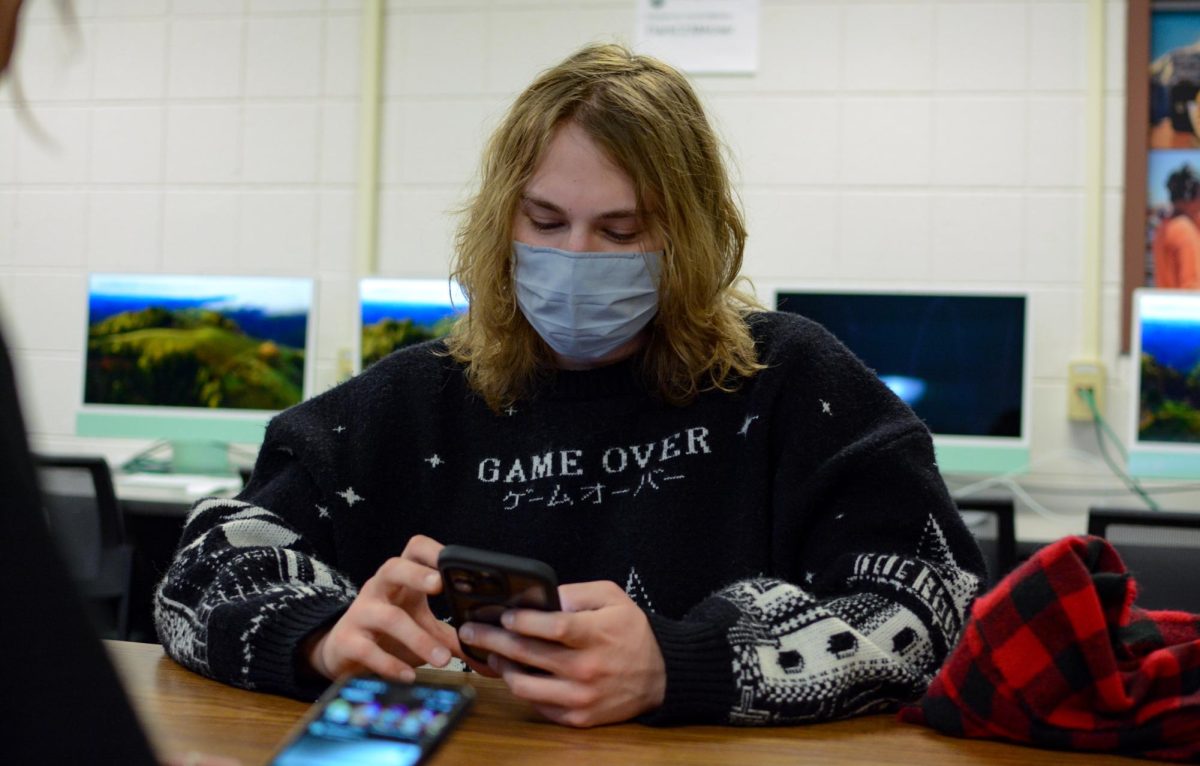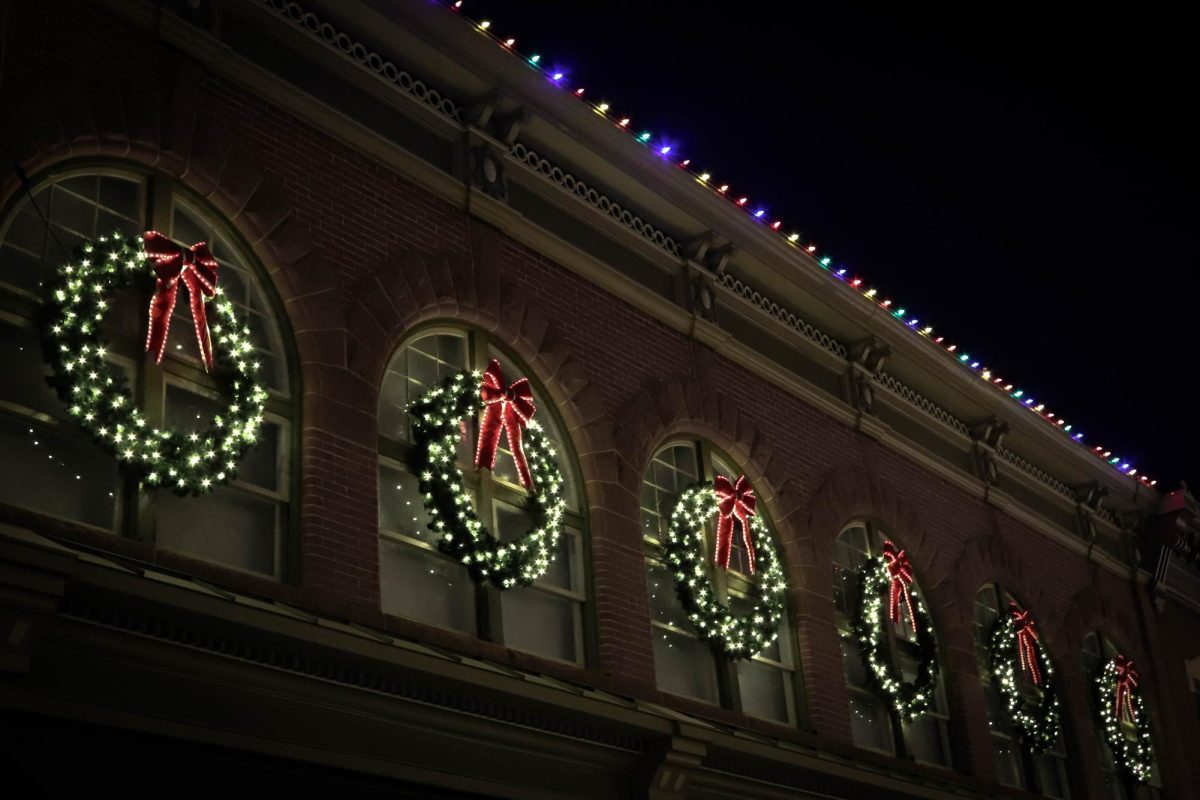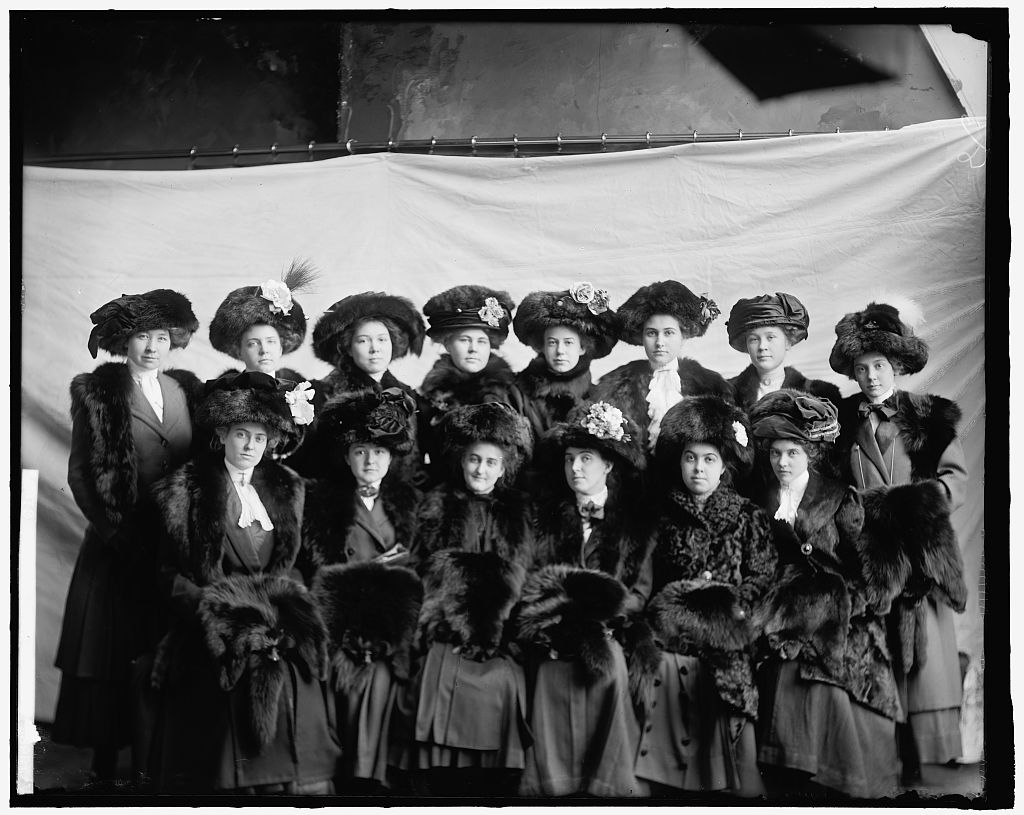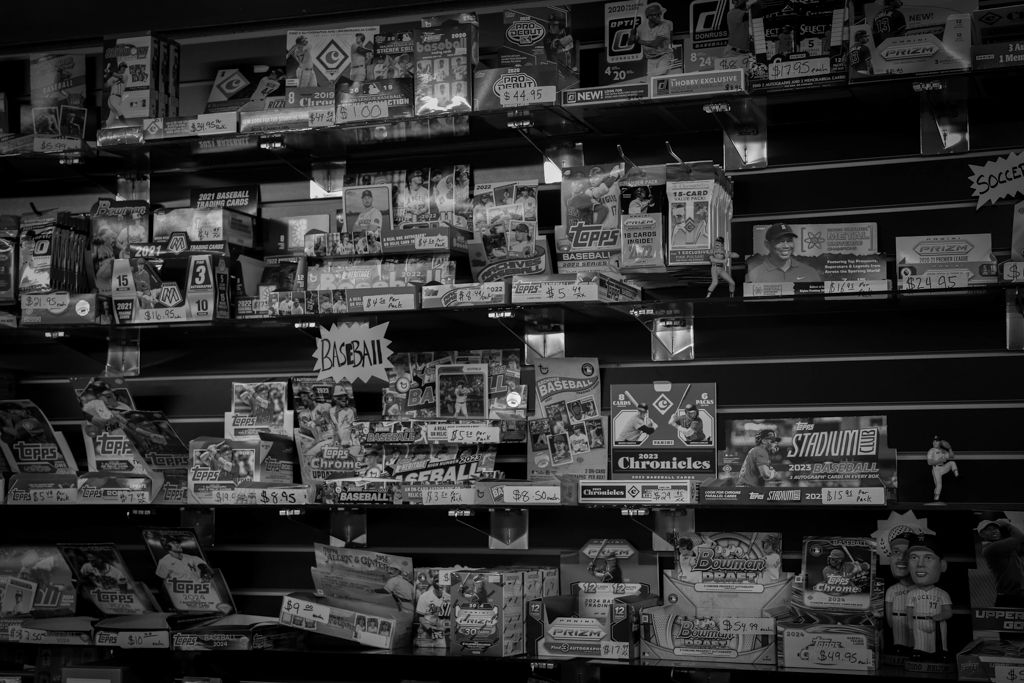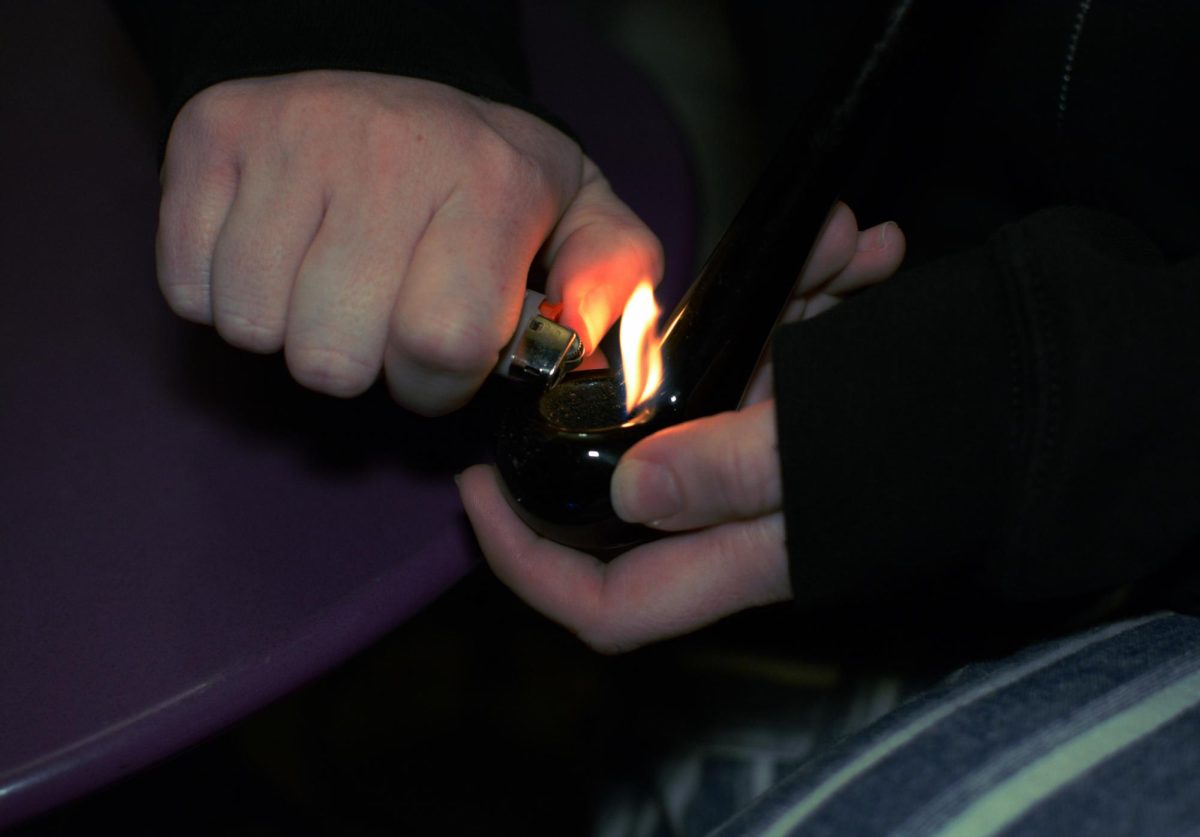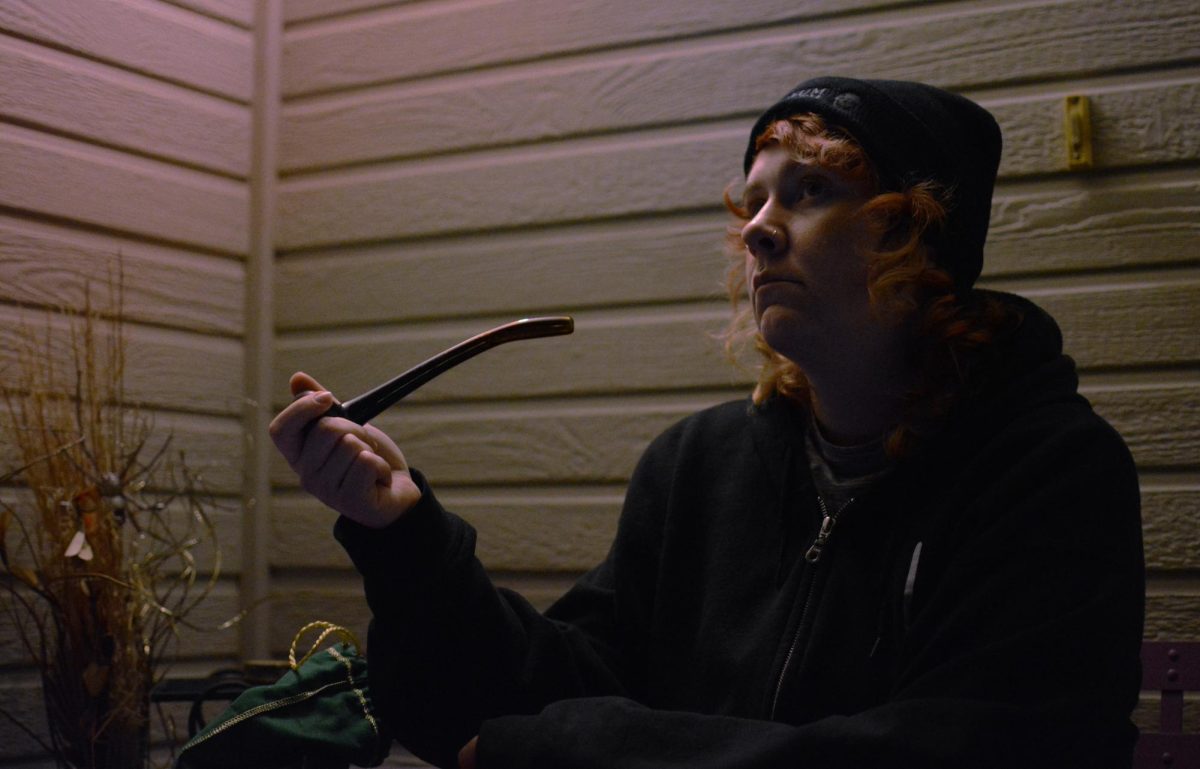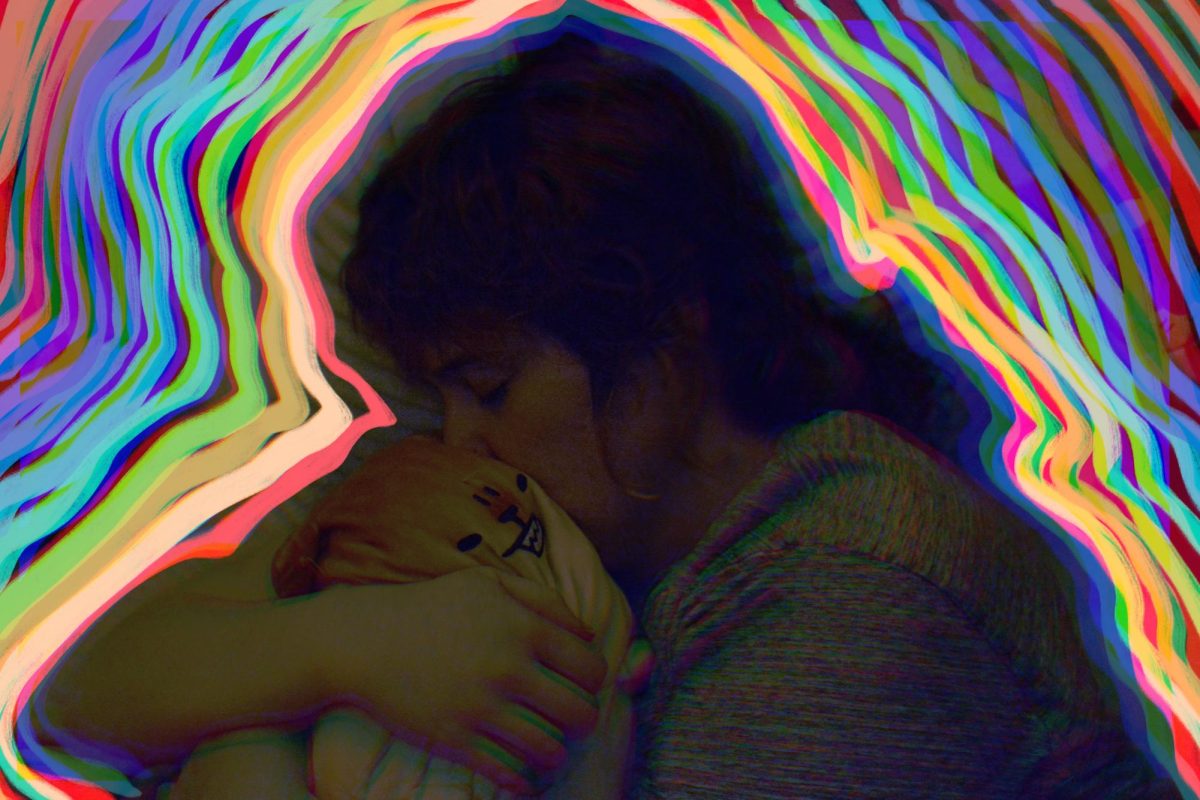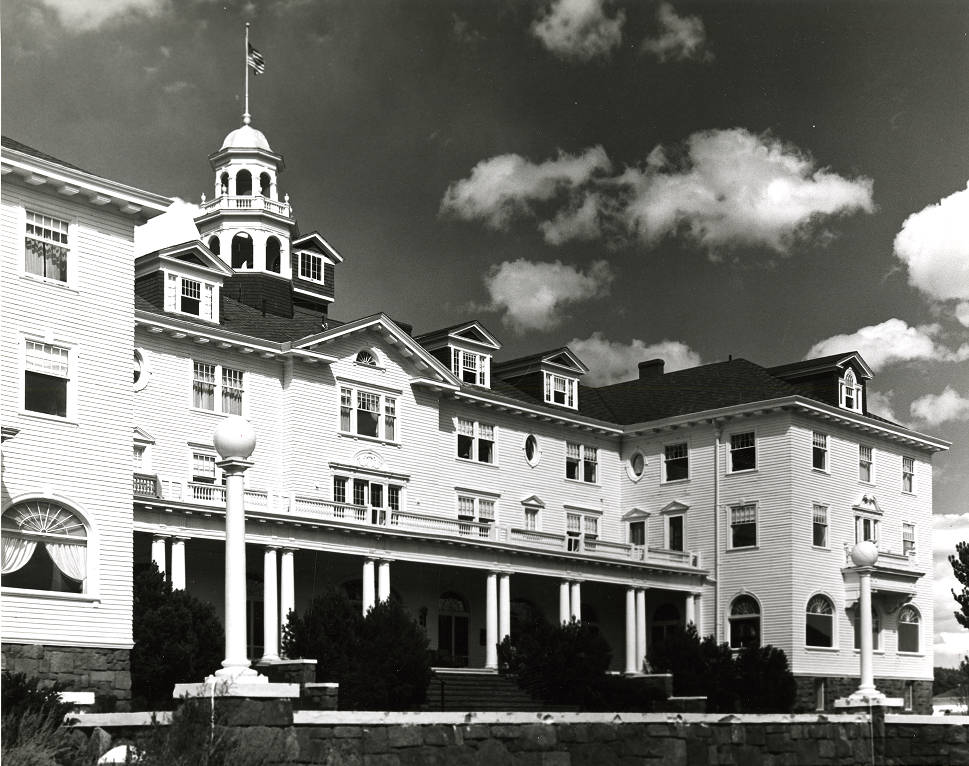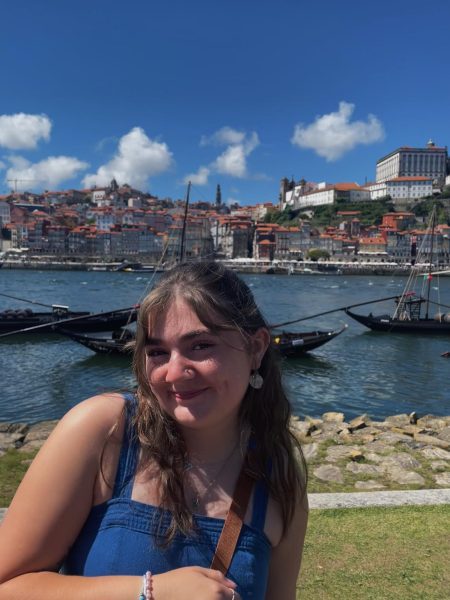With the rise of Stephen King and the success of movies like John Carpenter’s “Halloween” (1978), horror quickly became a staple of the 1970s.
Over the years, the horror craze has only grown. Merely an hour’s drive from Fort Collins, Estes Park, Colorado is home to one of the largest horror-themed tourist attractions- The Stanley Hotel which inspired the renowned book and film, “The Shining.”
Music in the Horror Genre
What distinguishes the horror genre is its emphasis on the fear factor. When watching a horror film the audience experiences tension, unease, and a sense of anticipation. A large part of this comes from the music and sound effects carefully placed in each of these movies.
When you hear the “Jaws” theme, an immediate sense of unease washes over you, anticipating the impending emergence of the lurking shark When the “Halloween” theme starts playing, you know Micheal Meyers is about to peek out from around the corner. These are iconic motifs that continue to shape pop culture and send shivers across your neck at the first note.
Zoe Sones stated in an article on Premium Beats that composers tend to create a lack of harmony in compositions for horror as it causes an environment of discomfort and fear. Composers tend to write in minor keys for horror films because those keys tend to make audiences feel on edge, sad, or concerned. The music is off-key which makes people feel as if there is something about to happen and causes them to feel uneasy.
In many films, the music becomes very quiet before ultimately increasing in volume and intensity which causes audiences to jump. In the ‘70s, films relied heavily on sound effects and talented actors to portray the tone of fear. In those intense scenes, the music quickens and becomes louder causing a more chaotic and intense environment.
Horror Films of the 1970s
Carrie
The horror genre of the ’70s wouldn’t be the same without Brian DePalma’s “Carrie”, released in 1976. Based on Stephen King’s 1968 book of the same name, it follows a young girl named Carrie as she deals with her ultra-religious mother and relentless bullying. She discovers she has telekinesis and plots her revenge on those who tormented her.
“Carrie” featured Sissy Spacek in the titular role, and John Travolta as Billy Nolan, a young high school boy who was an accomplice to a cruel prank pulled on Carrie in one of the final scenes of the film. The movie starts slowly, building suspense for those terrifying final scenes. The film keeps you on the edge of your seat, and despite its slow start, has become one of the most influential films of the ‘70s.
Part of the film’s lasting effect is due to the decade it was released. During the 1970s, women’s autonomy and the sexual revolution became a major topic of conversation. The film depicts Carrie growing up, and experiencing new parts of herself while being sheltered by her mother. The film served as a commentary on the experiences women face and how they are shielded from their journey of self-discovery of sexuality by societal norms.
Jaws
In 1975, Stephen Spielberg released the hit thriller, “Jaws”, successfully keeping an entire generation of swimmers out of the water. The film centers around a shark who has taken over a nearby beach on Amity Island and a group of heroes who intend to kill the shark to protect the island’s inhabitants.
Jillie Murray-Ohmart, a first-year engineering student at Colorado State University, says she enjoyed her time watching the film and noticed a significant impact on the genre as a whole since its release.
“For its time, Jaws did an impressive job making such a large creature look so convincingly scary on screen,” Murray-Ohmart said, “I think it really impacted how we use CGI and animation now in horror and thriller films.”
The Stanley Hotel
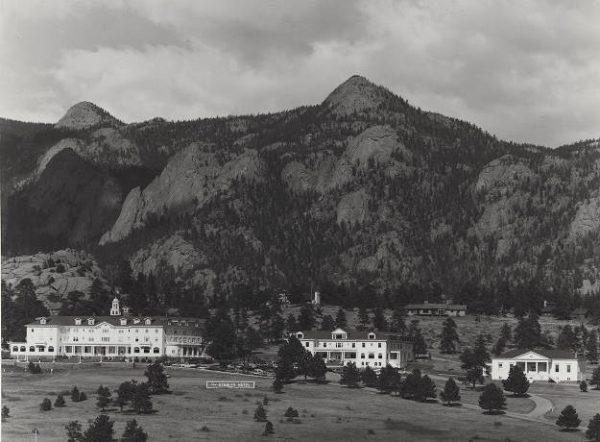
If you are willing to brave the winding, hour-long drive to Estes Park, you can see the beautiful yet eerie Stanley Hotel. The Stanley is over 100 years old and has stood on a beautiful mountaintop in Colorado since 1909.
As The Stanley Hotel is a staple in Colorado, many CSU students tend to make the trip. Sophia Bonner, a first-year journalism student at CSU spoke about her experience at The Stanley when she visited in August of 2022.
“I thought it was very eerie and definitely had a significant historical feeling.” Bonner said, “When I visited, it was not very crowded so I got to enjoy a quiet and personal tour of the hotel.”
In 1974, the hotel housed one of the most prominent and influential horror writers of our time, Stephen King. He had spent a single night at the hotel which inspired the entirety of the book, “The Shining”
On the day that King stayed at the hotel, the hotel had originally refused him and his wife service as the hotel was on the verge of bankruptcy and was about to close its doors. They eventually accepted him and his wife, Tabitha, in the hotel as the supposed last 2 guests the hotel would ever host.
That night after his wife went to bed, King went into the bar where he spoke with the bartender Grady. Grady had told King ghost stories about the hotel, leaving him on edge when he returned to his room. His last sight before going to bed was a bright red fire hose right outside his door.
That night, King had a terrible nightmare about that very same red fire hose chasing and killing his young son who was left at home. He awoke in a panic and went outside to smoke a cigarette. As he smoked, he came up with the beginning, middle, and end of “The Shining.”
“The Shining” was written in 1977 by Stephen King and was later adopted into the iconic 1980 film directed by Stanley Kubrick. Starring Jack Nicholson and Shelly Duvall, the film follows Jack Torrence, his wife Wendy, and his young son Danny as they spend the winter caretaking for The Overlook Hotel. As the film goes on, Jack begins to see things that are not always there and slowly begins to turn on his family.
The Overlook was directly inspired by The Stanley, with Jack’s experience reflecting Kings. The movie never reveals if the hotel is haunted or if Jack has simply gone mad, but no matter how you look at it, The Shining is an eerie dive into psychological horror that is still revered today.
Needless to say, the 1970s has influenced so much important pop culture and media today. The horror genre was made popular in the 70s with films such as “Jaws”, “Carrie”, ”Halloween”, and “The Shining,” which has largely influenced the horror genre as seen today. “Halloween” brought new life into slasher movies, “Jaws” influenced the public’s view of sharks for decades to come, and “The Shining” has brought tourists from all over Colorado to stay at the supposedly haunted hotel, The Stanley. As film and media continue to progress, the horror genre will forever be influenced by the masterpieces of the 70s.


